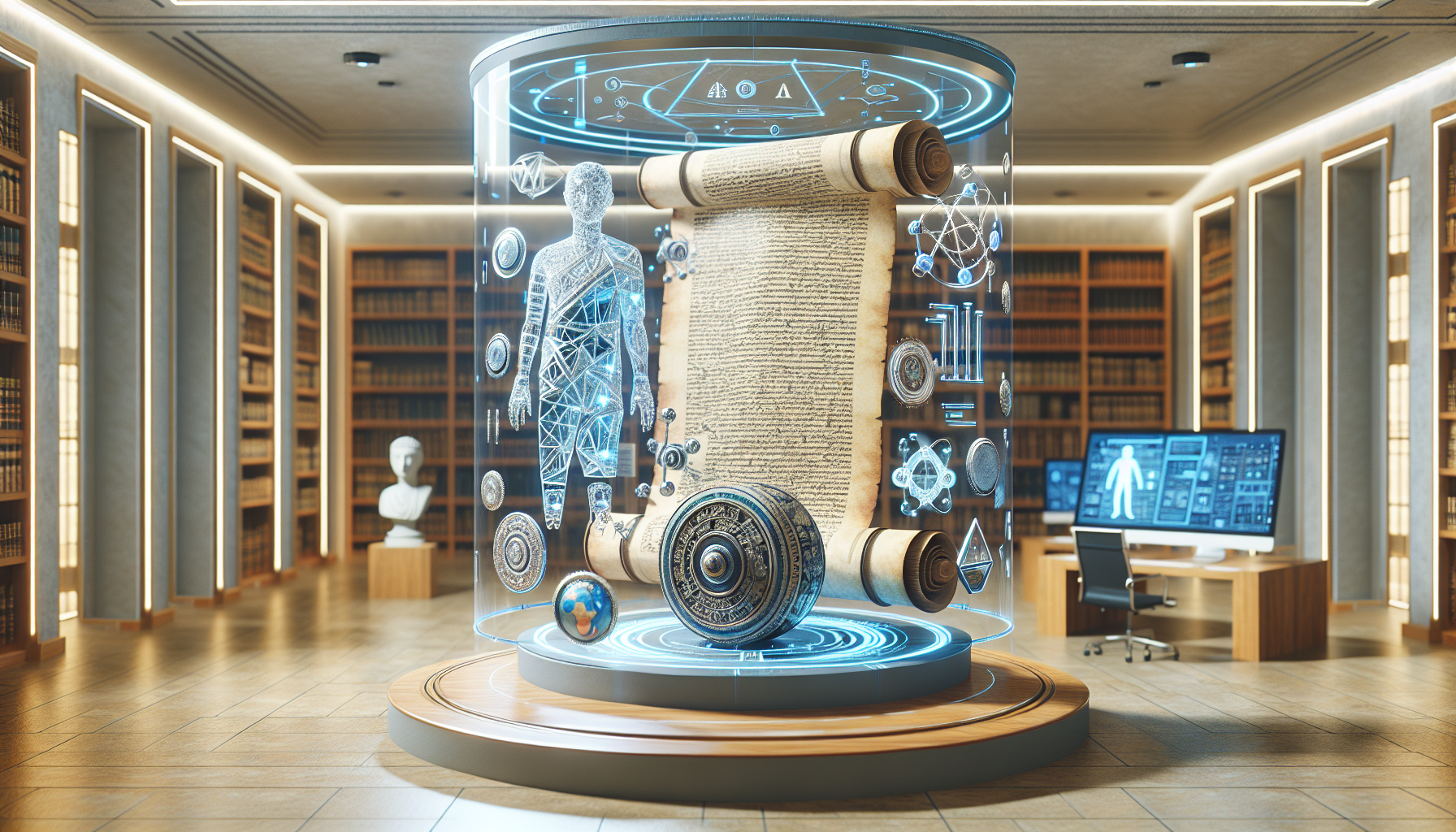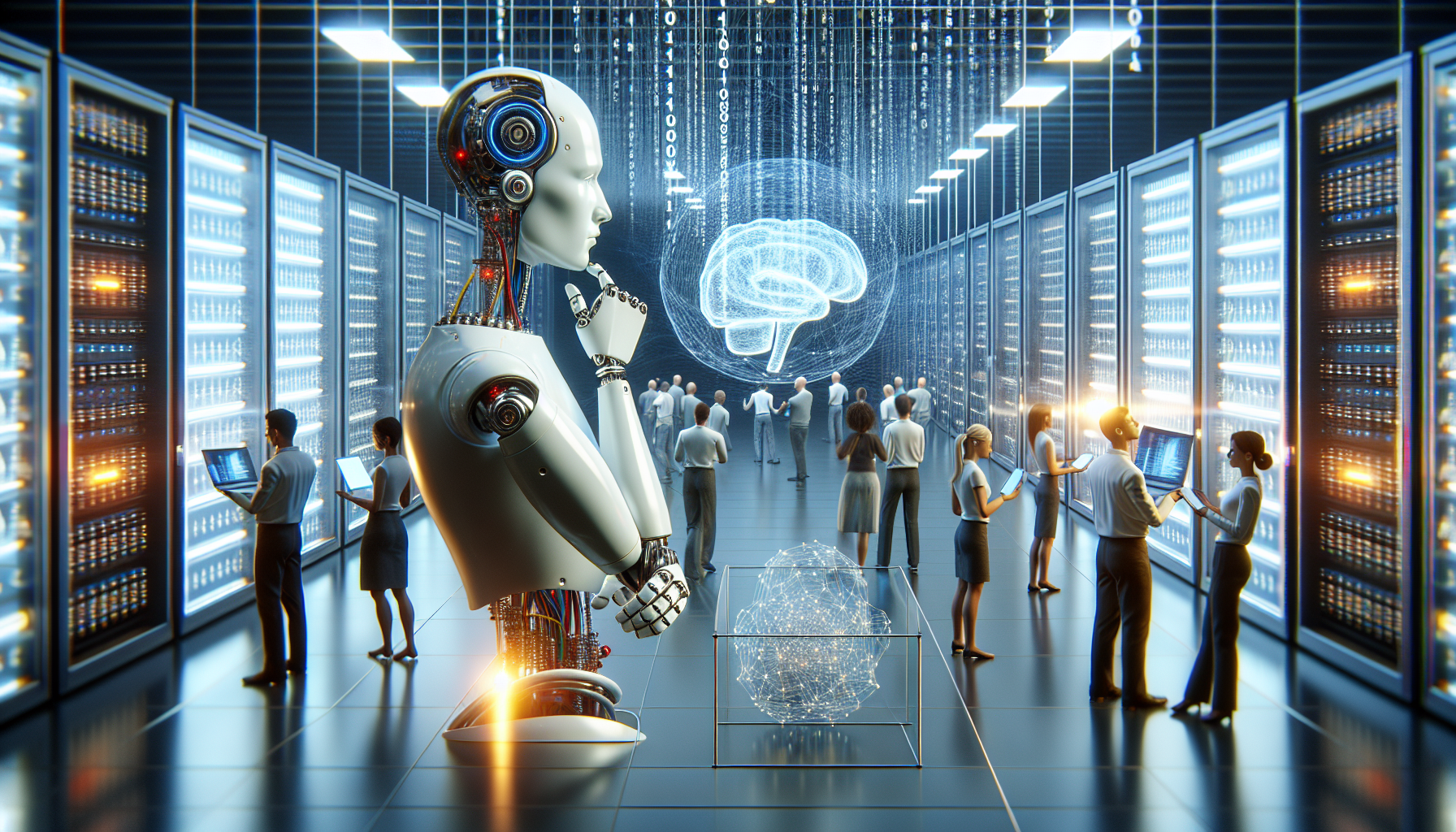
AI and Climate Change: How Historical Insights Shape Tomorrow's Solutions
October 22, 2025
Artificial Intelligence (AI) stands at the forefront of addressing one of humanity’s most pressing challenges: climate change. While AI is often heralded as a futuristic tool, its roots and evolution offer a fascinating historical perspective that informs its potential to combat environmental issues. This narrative not only underscores its transformative power but also reveals how lessons from the past shape innovative solutions today.
From its inception, AI has been intertwined with the quest for knowledge and improvement. Early pioneers envisioned machines that could mimic human thought processes, a vision that, over time, has expanded to include the capability to solve complex problems far beyond the reach of ordinary human cognition. This historical journey is crucial to understanding AI's current role in tackling climate change.
Consider the earliest applications of AI in environmental science. Decades ago, rudimentary AI systems were employed to analyze weather patterns and predict natural disasters. These foundational efforts, while primitive by today’s standards, laid the groundwork for the sophisticated models we see now. Historical data, which was once overwhelming in volume and complexity, has become more manageable and interpretable through AI's advanced algorithms. This evolution has empowered scientists to identify trends and anomalies in climate data, offering insights that were previously obscured.
An often-overlooked aspect of AI's historical development is its ability to integrate disparate systems and data sources. In the past, environmental data was siloed across various sectors and disciplines. AI has bridged these gaps, enabling holistic analyses that consider multiple factors simultaneously. For instance, by combining satellite imagery with on-the-ground data, AI systems can provide comprehensive assessments of deforestation rates, ice cap melting, and ocean temperature changes. Such integrative approaches are a testament to how historical advancements in AI have expanded its application scope, making it an indispensable tool in environmental stewardship.
Moreover, AI’s capacity for predictive modeling has revolutionized how we approach climate-related challenges. By harnessing historical climate data, AI can simulate potential future scenarios with remarkable accuracy. This capability allows policymakers to anticipate the impacts of various environmental policies and make informed decisions that align with sustainable development goals. Historical understanding of AI's evolution in modeling empowers us to trust and rely on these predictive insights, ensuring that our strategies are both proactive and reactive.
The historical perspective also highlights AI’s role in resource optimization. Early AI applications in industrial processes focused on efficiency and cost reduction. Today, these principles are repurposed to minimize environmental impact. AI-driven systems in agriculture, for example, optimize water usage and reduce fertilizer waste, contributing to a more sustainable food production system. This evolution from economic efficiency to ecological responsibility underscores a broader shift in AI's application philosophy, one that is deeply informed by its historical trajectory.
However, the journey of AI in the realm of climate change is not without its challenges. Historical lessons remind us of the ethical considerations that accompany any technological advancement. The deployment of AI in environmental contexts must prioritize transparency, accountability, and inclusivity. Learning from past missteps ensures that AI's role in combating climate change remains equitable and just, serving all communities rather than a select few.
As we reflect on AI’s historical journey, it becomes evident that its potential to address climate change is both profound and promising. The lessons learned over decades of development provide a roadmap for future innovations. AI's ability to analyze, predict, and optimize positions it uniquely as a catalyst for environmental change, but it is the historical context that gives this potential depth and direction.
The pressing question now is not just how AI can further assist in the fight against climate change, but how we, as stewards of both technology and the environment, can harness its capabilities responsibly. What new paths will AI carve in the quest for a sustainable future, and how can historical insights guide us in navigating these uncharted territories? Through understanding the past, we hold the key to unlocking a future where AI and humanity work in concert to restore and preserve our planet.


